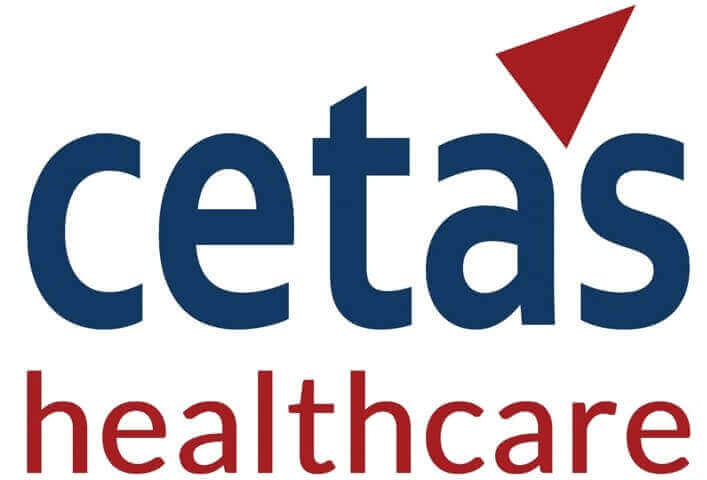X
The diagnostic imaging landscape has undergone significant changes in recent years, marked by operational challenges, staff shortages, and financial pressures. These issues have been compounded by the pandemic, leading to increased workloads and strain on healthcare professionals. However, the advent of Generative AI offers a promising solution to these challenges, revolutionizing radiology practices and enhancing patient care.
Generative AI has been getting significant attention following the spotlight on OpenAI’s Chat GPT. Unlike conventional AI/ML applications that were present in the industry for the past 4-5 decades (like ELIZA), Generative AI stands out as a machine-learning model designed to generate new data by extrapolating from its training data rather than merely predicting outcomes for specific datasets.
Since the pre-pandemic period, hospitals faced operational changes, reduced scans, staff shortages, and logistical challenges, straining imaging departments. On the other hand, the pandemic accelerated AI adoption in healthcare, transforming it from a niche tool to a key asset in radiology, improving workflow and accuracy:
The integration of Gen-AI into diagnostic imaging is transforming patient care, but it also presents significant challenges that must be addressed for successful implementation and future adoption:
Generative AI represents a transformative force in diagnostic imaging, offering innovative solutions to long-standing challenges. By enhancing image quality, streamlining workflows, and improving operational efficiency, AI is set to revolutionize the field. MedTech companies can capitalize on this opportunity to drive growth and innovation, ultimately contributing to better patient care and outcomes.
At Cetas Healthcare, we are dedicated to staying at the forefront of these advancements, Contact us today to talk to our experts.


We provide the best insights for your business
